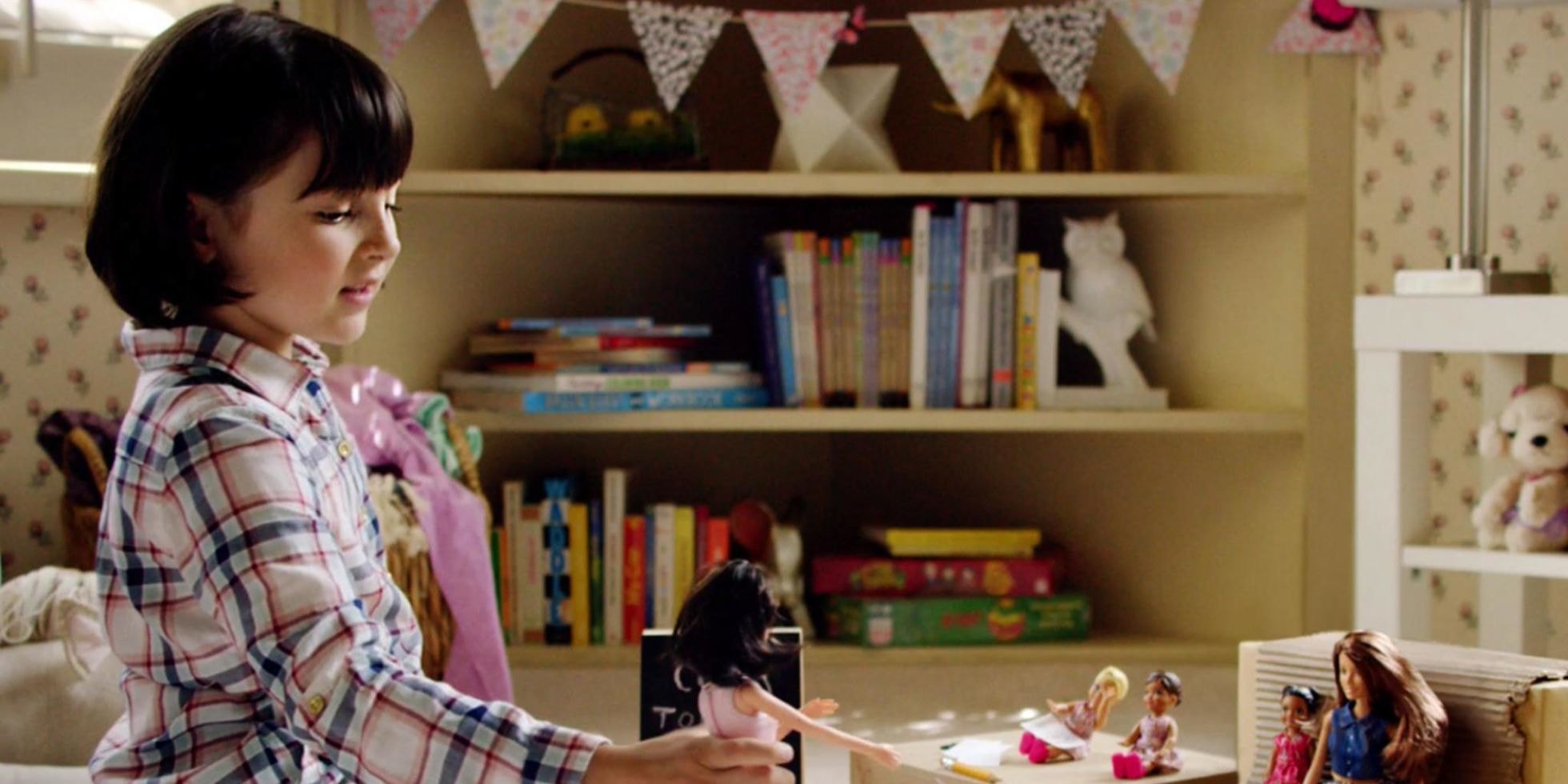Delivering Social Purpose – Part one

Here, at The Team, we believe Purpose is here to stay. Just look at the momentum behind the B Corp movement, supporting companies in making business a force for good, including big multinationals such as Danone and Unilever. In order to keep up this momentum, we want to help more businesses define and deliver their Social Purpose, rather than just debating about it.
In the first of a two-part blog, here are our top tips on how to market brilliantly in a more Purposeful world.
Find a Purpose sweet spot that works for brand and cause
Finding a brand’s Purpose means finding a cause that is highly relevant to the brand and its audience. It is not always as straightforward as it sounds but it is 100% worthwhile, as it lays the foundations for everything to follow.
Lynx is a great example following repositioning that took it from being about ‘getting the girls’ to helping young men to ‘find their magic’. Lynx recognised the growing pressure amongst young men to conform and believed they were well placed to do something about the issue. The results speak for themselves. The brand’s Purposeful positioning has tripled its global growth rate and grown positive brand sentiment from 15% to 41%.
In terms of measurable social impact, the brand has worked with the charity CALM and facilitated a critical shift with the biggest male suicide-awareness campaign in UK history #BiggerIssues, increasing awareness of the issue by 45%.
Zoom in on the business challenge
In order to have a sustained and sizeable impact for good, a brand needs to find a cause that can help grow the business. Finding a Purpose that can help deliver business growth isn’t something we should feel ashamed of or shy away from. It is the business results that enable brands to invest in supporting great causes for the long haul.
Barbie, launched in 1959, have faced a growing challenge to keep up with the changing cultural needs of modern play. For many parents, Barbie had become the antithesis of what they wanted their daughters to be.
Ruth Handler’s founding philosophy for the doll was that through Barbie ‘a little girl could be anything she wanted to be’. So, in 2016 Barbie returned to her more Purposeful roots, with 23 new dolls that better represented the multicultural society we live in, and success swiftly followed.
The launch of the new dolls was supported with a new Barbie video ‘Imagine the Possibilities’ which ends with the lines ‘When a girl plays with Barbie, she imagines everything she can become’.
In order to have a sustained and sizeable impact for good, a brand needs to find a cause that can help grow the business.
Know what causes your audiences care about
Marketing Purposefully is a powerful force for good but it can also be a negative force if the approach is wrong.
Diageo learnt this lesson in 2011 with their Baileys campaign designed to help ‘Make Women Shine’ with brand straplines such as ‘Be a woman for life, not for applause’. Baileys wanted to play a role in female empowerment, but the brand team later acknowledged that, whilst the issue is enormously valid and worthy, it wasn’t one that the brand was well positioned to tackle.
Even brands with a longstanding Purpose can get it wrong. Look at the criticism Dove got in 2017 for its body-wash packaging of the UK’s many shapes and sizes of beauty.
Commit early and for the long term
We have to remember that we live in a highly cynical world. Brands have been quickly cut down if consumers haven’t sensed an authentic commitment to the cause.
Clear goal-setting is a great way to publicly demonstrate a brand’s serious commitment. Committing to impact goals can feel a bit hairy and daunting, especially for brands early on in their Purpose journey. But it’s the very fact that brands are sticking their necks on the line that helps win consumer buy-in. Goal-setting is also wonderfully motivating for employees.
Ambitious and open goal-setting has been central to Unilever’s Purpose leadership. Captured under the blueprint of the Unilever Sustainable Living Plan. The relentless focus on making sustainable living commonplace has meant the company’s sustainable living brands are growing 50% faster than the rest of the business and delivering 60% of Unilever’s growth.
Another means through which brands can be up front about their commitment to a cause is through partnership, such as GSK and Save the Children. A three-year partnership is the ideal starting point to allow both parties to invest.
Build expertise and credibility
Few brand teams have the luxury of starting out with in-house experts already knowledgeable for their cause. Approached smartly, brands can quickly upskill. But most brands rely on strong relationships with leading experts and organisations to ensure their brands can be leading edge on their cause.
Examples are plentiful but to name a few: O2 partnered with the NSPCC to deliver the Let’s Keep Kids Safe On-line Programme in schools, whilst Dove worked with self-esteem and body confidence experts such as Susie Orbach and Jess Weiner.
In summary
Marketing in a more Purposeful world isn’t easy. It has risks. It requires investment. But it is the way of the future. It’s what our consumers want from us. It’s what our planet and society need from us. It is ultimately incredibly worthwhile for business and cause alike and we, at The Team, hope to see and facilitate a great deal more of it.
Look out for Part 2 of Marketing in a more Purposeful World.



